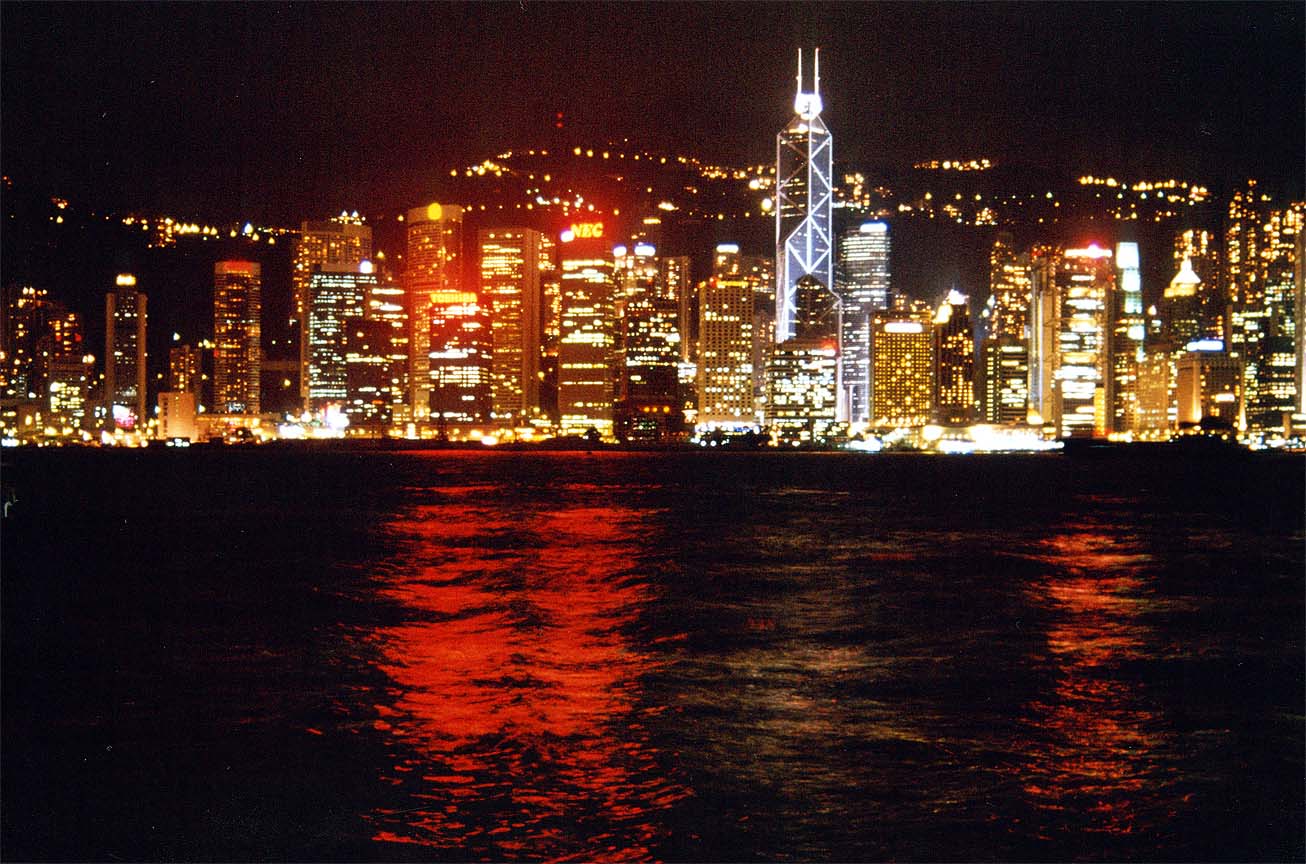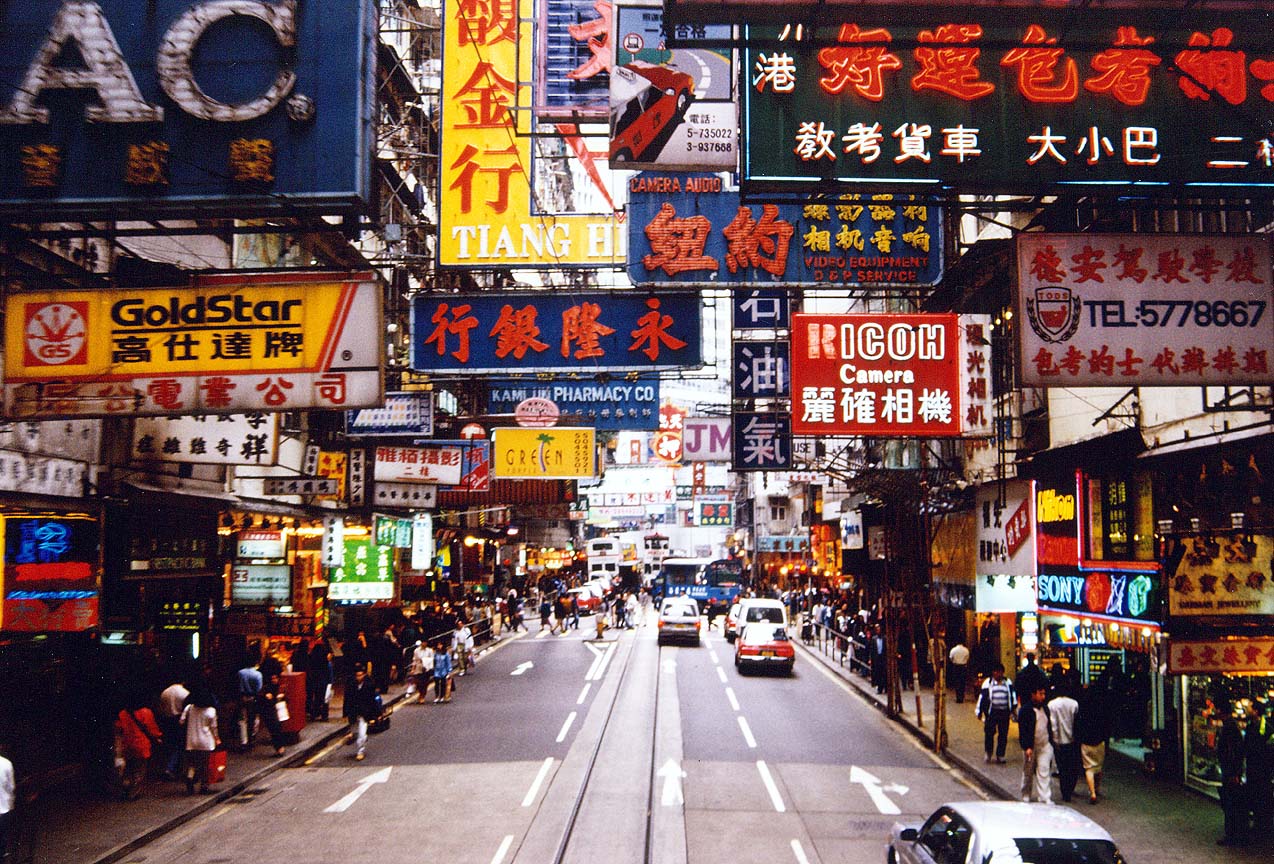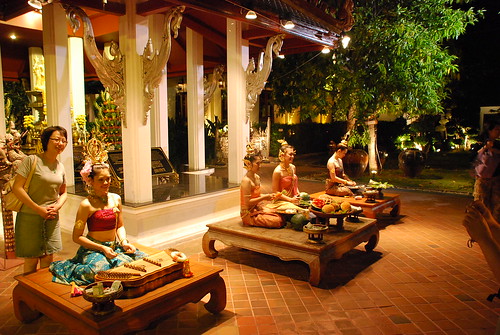 First and foremost is Hong Kong Island, which is home to the majestic Victoria Peak. But if you venture even further from the main areas, these is even more natural splendor to enjoy. The Outlying Islands number well past 200, and hold a majestic array of beaches, ranging anywhere from resort-like to hidden stretches of sand where you'll be hard pressed to find another tourist (at least during the week). Throughout the hundreds of islands, however, only four of them offer easy access and enough attractions to entertain most tourists. Easily approached by ferry from Kowloon or Hong Kong Island, these islands also offer some of the best hiking in all of China - most of the trails can be found in the sparsely populated Lantau Island, while the rest are on Lamma Island. Lamma is the closest to central Hong Kong China in both proximity and cultural landscape. It has a smaller scale version of the excitement of the big city, an urban atmosphere immediately surrounded by all the natural beauty that Hong Kong has to offer.
First and foremost is Hong Kong Island, which is home to the majestic Victoria Peak. But if you venture even further from the main areas, these is even more natural splendor to enjoy. The Outlying Islands number well past 200, and hold a majestic array of beaches, ranging anywhere from resort-like to hidden stretches of sand where you'll be hard pressed to find another tourist (at least during the week). Throughout the hundreds of islands, however, only four of them offer easy access and enough attractions to entertain most tourists. Easily approached by ferry from Kowloon or Hong Kong Island, these islands also offer some of the best hiking in all of China - most of the trails can be found in the sparsely populated Lantau Island, while the rest are on Lamma Island. Lamma is the closest to central Hong Kong China in both proximity and cultural landscape. It has a smaller scale version of the excitement of the big city, an urban atmosphere immediately surrounded by all the natural beauty that Hong Kong has to offer. Hong Kong itself is divided into four main areas— Hong Kong Island, Kowloon, the New Territories and the Outlying Islands. Though each have a vital and long-standing role in Hong Kong tourism, most visitors spend the majority of their time in the densely populated area of Kowloon. This is where the action is. Hundreds of bars and clubs, Hong Kong restaurants and hotels line the crowded streets, remaining active well into the early hours of the morning. But savvy visitors know that Kowloon is not the entirety of Hong Kong travel. Though the bright lights and frenetic pace will appeal to most, those looking for a more nature-specific vacation will not be disappointed by what the islands have to offer. If you're traveling around for the first time, you'll want to grab a map of Hong Kong so you'll have a better idea of the area.
Hong Kong itself is divided into four main areas— Hong Kong Island, Kowloon, the New Territories and the Outlying Islands. Though each have a vital and long-standing role in Hong Kong tourism, most visitors spend the majority of their time in the densely populated area of Kowloon. This is where the action is. Hundreds of bars and clubs, Hong Kong restaurants and hotels line the crowded streets, remaining active well into the early hours of the morning. But savvy visitors know that Kowloon is not the entirety of Hong Kong travel. Though the bright lights and frenetic pace will appeal to most, those looking for a more nature-specific vacation will not be disappointed by what the islands have to offer. If you're traveling around for the first time, you'll want to grab a map of Hong Kong so you'll have a better idea of the area. At first glance, Hong Kong China can put more than a few people off—it can appear like some kind of post-apocalyptic shopping mall, especially at night. But Hong Kong travel continues to be such a well-liked option because of the varied options you have within the tiny region. While shopping and dining out at a Hong Kong restaurant are still the are still the pillars for any great experience here, often overlooked are the burgeoning arts scene and the many natural wonders that expand a Hong Kong China vacation into a well-rounded trip that has something for just about everyone.
At first glance, Hong Kong China can put more than a few people off—it can appear like some kind of post-apocalyptic shopping mall, especially at night. But Hong Kong travel continues to be such a well-liked option because of the varied options you have within the tiny region. While shopping and dining out at a Hong Kong restaurant are still the are still the pillars for any great experience here, often overlooked are the burgeoning arts scene and the many natural wonders that expand a Hong Kong China vacation into a well-rounded trip that has something for just about everyone.One of the nicest things for many looking into Hong Kong travel is the inclusion of the English language into most aspects of life. Everywhere on menus and street signs, a large portion of the population here (though 95% Chinese) speak impeccable English. And while Hong Kong tourism can provide plenty of culture shock, much of it won't be due to the inability to communicate.
 One of the most popular facets of a Chinese vacation is a side-trip to Hong Kong for a couple days. With all of the Hong Kong hotels available, lodging will be the least of your worries. Bright and eager to please, Hong Kong China is a unique and fascinating glimpse at the collision of Western and Eastern cultures, of capitalism and communism, of ancient values mixed with the mores of the modern world.
One of the most popular facets of a Chinese vacation is a side-trip to Hong Kong for a couple days. With all of the Hong Kong hotels available, lodging will be the least of your worries. Bright and eager to please, Hong Kong China is a unique and fascinating glimpse at the collision of Western and Eastern cultures, of capitalism and communism, of ancient values mixed with the mores of the modern world.
 But many travelers never leave Kowloon—it's not the center of Hong Kong tourism for nothing. For less than $50 a day, you can see everything the city has to offer, plus eat world-renowned seafood at any decent Hong Kong restaurant - as long as you don't mind staying in a budget hotel. But with all the sights and sounds the city has to offer, who cares where you stay?
But many travelers never leave Kowloon—it's not the center of Hong Kong tourism for nothing. For less than $50 a day, you can see everything the city has to offer, plus eat world-renowned seafood at any decent Hong Kong restaurant - as long as you don't mind staying in a budget hotel. But with all the sights and sounds the city has to offer, who cares where you stay?











.jpg)






























